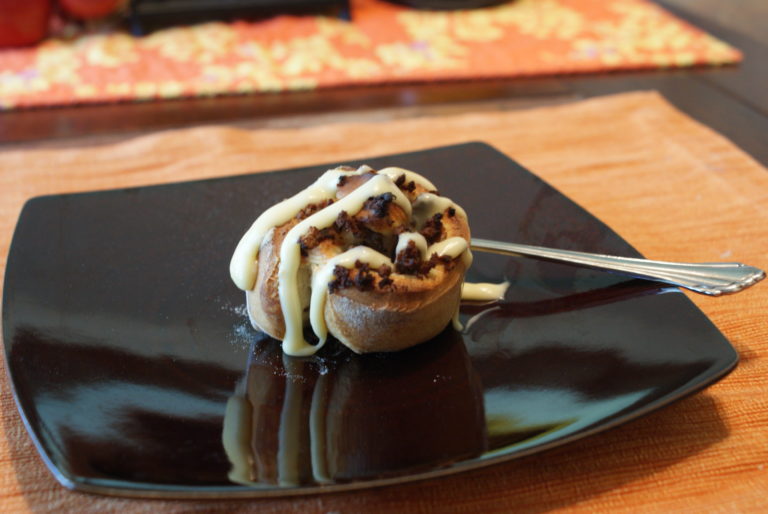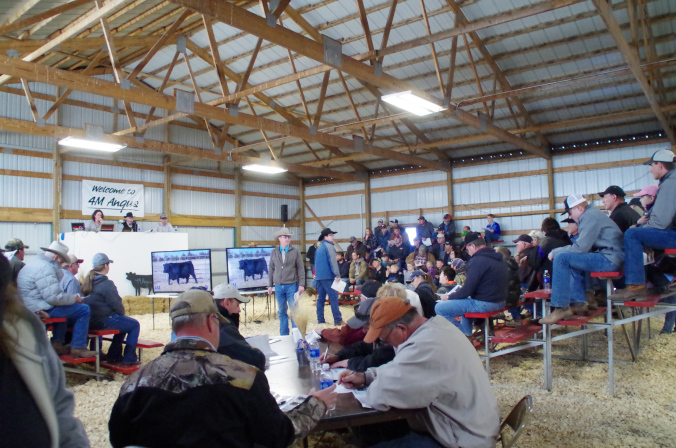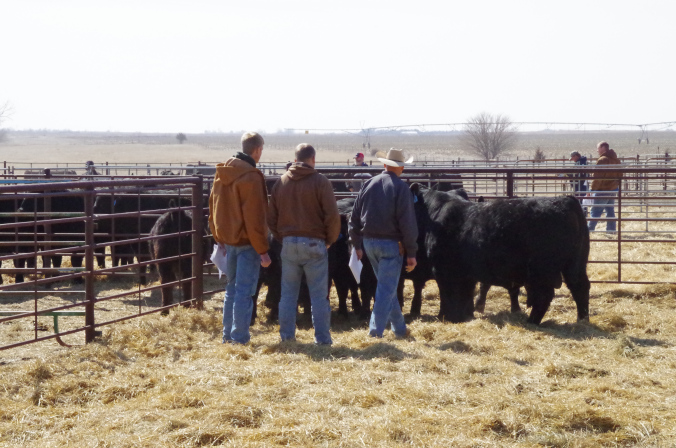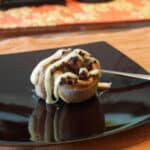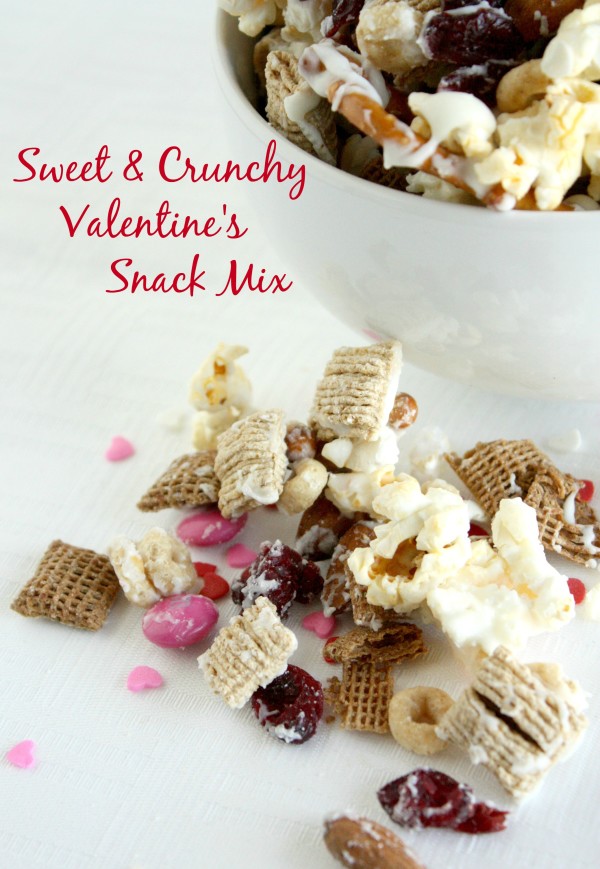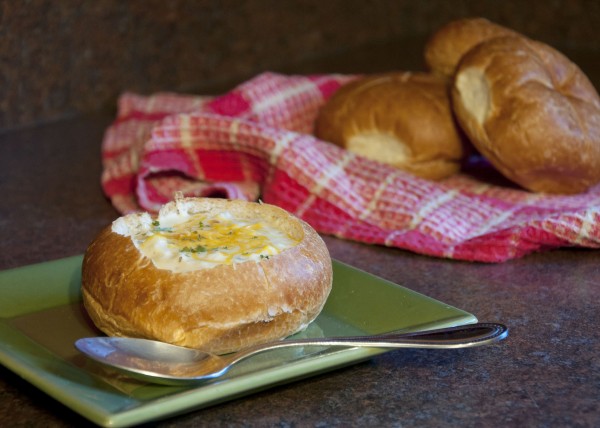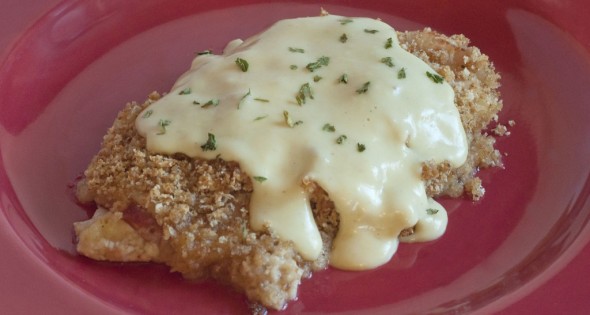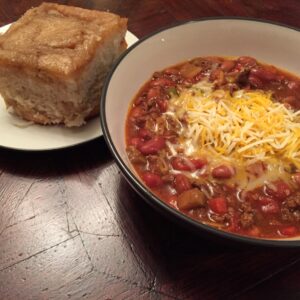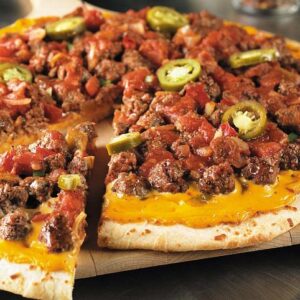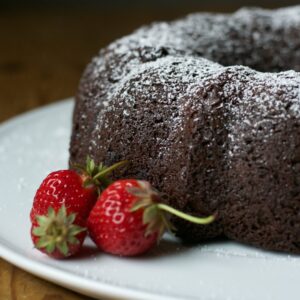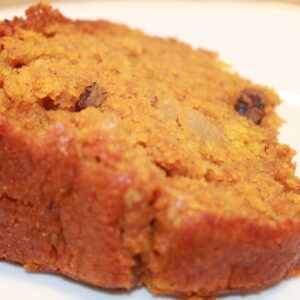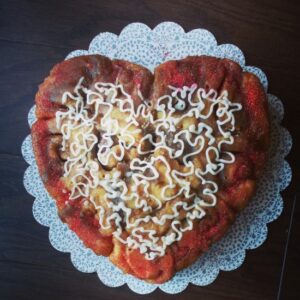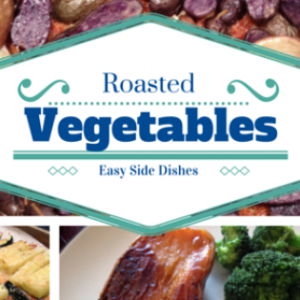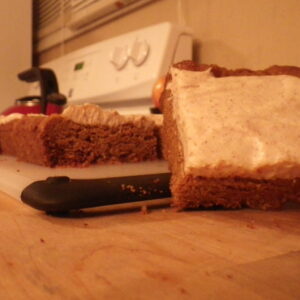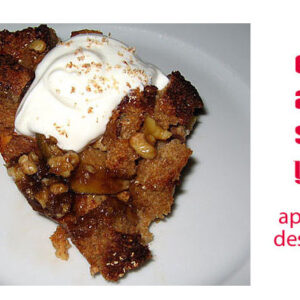By Diane Karr, CommonGround Nebraska volunteer
Our neighbors hosted their annual bull 
Before we get started, here’s a little refresher on cattle terminology:
- Bull – “The Big Daddy” for the cow herd.
- Cow – A Mama who raises a baby calf.
- Heifer – A female who has not yet had a calf. Either kept in the herd to become a cow or fed to finishing weight.
- Steer – A castrated male to be fed to finishing weight.
- Calf – The baby. Heifers and steers up to one year old.
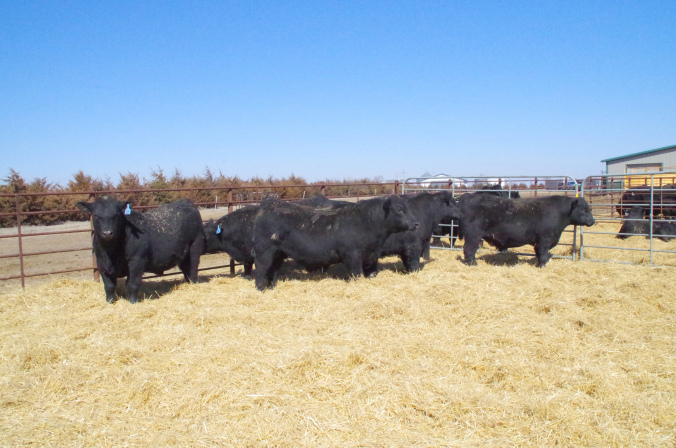
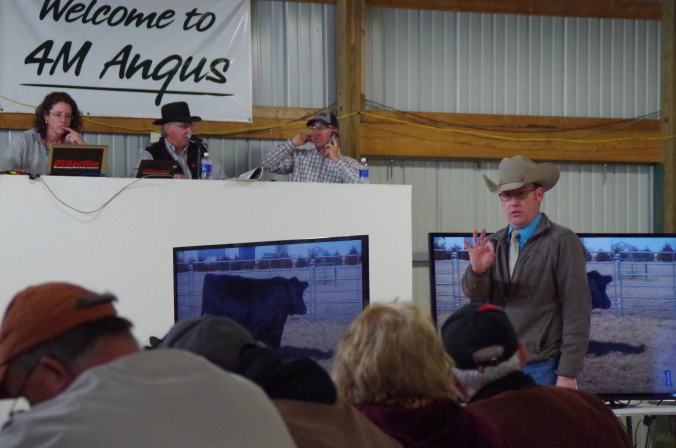
Cattle folks have a good eye for judging muscle and bone structure. Sometimes they just have an intuition about a bull. They also consider the temperament; they’re definitely looking for a calm, gentle animal. Measured physical characteristics and EPD (Expected Progeny Difference) ratings that give us some insight into what we can expect out of next year’s set of calves. Birth weight and calving ease scores help indicate less stress when the calf is born. Growth rate and frame scores help select for cattle that grow to the proper size in a reasonable amount of time. Milk production scores help us raise heifers that will make good herd cows in the future. Carcass traits like rib-eye area point towards cattle that will deliver the highest quality meat at the dinner table.
Our neighbors had a great sale day. However, they’re more than just good at raising purebred Angus cattle, they’ve set a great example for their daughters who love being involved in their family’s business. They possess a strong work ethic and sense of community. They’re the type of people who come across the road and help us out when we need an extra hand.
When people consider how farming and ranching has changed over the years, I have to consider communities like mine where families and neighbors have been helping each other for over 100 years. Then I look at the kids who are building the same bonds as young as grade school, who want to grow up to do the same.
Traditions are strong and the future is bright. And that’s no bull.
Here is a great beef recipe to honor why we raise beef cattle! Who can resist a cinnamon roll? And a savory one made with beef is even better for a meal of its own.
Beef Sticky Buns
Ingredients
- 1 refrigerated pizza dough
- 1 lb lean ground beef
- 1 small onion chopped
- 2 teaspoons chopped fresh sage or 1/2 teaspoon rubbed sage
- 1 teaspoon garlic powder
- 1 teaspoon onion powder
- 1/2 teaspoon salt
- 1/4 to 1/2 teaspoon crushed red pepper
- 1/2 cup shredded Cheddar cheese
Cream Cheese "Frosting" Ingredients
- 1/4 cup softened reduced-fat cream cheese
- 1 tablespoon milk
Instructions
- 1. Combine raw ground beef, onion, sage, garlic powder, onion powder, salt and crushed red pepper in large bowl. Cook in a large nonstick skillet over medium high heat until done. Set aside 20 to 25 minutes or until mixture is cooled completely, stirring occasionally. Stir in cheese.
- 2. Preheat oven to 425°F. Roll out pizza dough on flat surface; pat or roll dough evenly to 14 x 10-inch rectangle, pinching together any tears, if necessary. Spread beef mixture on dough, leaving 1/2 inch border on short side furthest from you. Starting at closest short end, roll up jelly-roll style, pinching to close. Slice dough into 8 pieces using serrated knife and careful sawing motion; place cut-side-up on greased baking sheet.
- 3. Bake in 425°F oven 18 to 20 minutes or until golden brown. Remove buns to cooling rack.
- 4. Top with Cream Cheese "Frosting": Combine 1/4 cup softened reduced-fat cream cheese and 1 tablespoon milk in small bowl, stirring until smooth. Drizzle over warmed beef buns.
Notes
With more Americans growing up in urban and suburban areas, miles from farm life, there is an increasing disconnect between the consumer and the people who grow their food. In a uniquely mom-driven movement, CommonGround Nebraska, farm women are joining together to talk to other women about food production, food safety, farm life, and their common ground.

If you liked this, you'll love our book, SO GOD MADE A MOTHER available now!
Order NowCheck out our new Keepsake Companion Journal that pairs with our So God Made a Mother book!
Order Now

